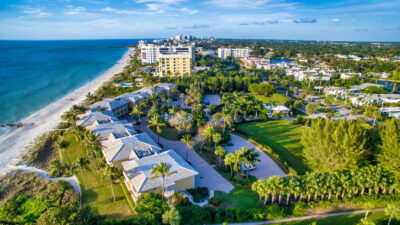
Architecture
Lyford Cay Follies and the Brilliance of Henry Melich
Take gobs of money, eccentric heiresses unfettered by the limitations of society’s conventions, and what do you get? Some of the most fantastical homes in the world.
Architect Henry Melich is the subject of Alastair Gordon’s latest book, Island Follies: Romantic Homes of the Bahamas (Rizzoli). Known for fanciful masterpieces in brick and stone, the Czech-born, British-educated Melich created scores of projects on the islands; Follies (the word, in an architectural context, means a structure created more for decorative beauty than function) captures a lost world of glamor and faded glory in the Bahamas of the 1960s and 1970s.
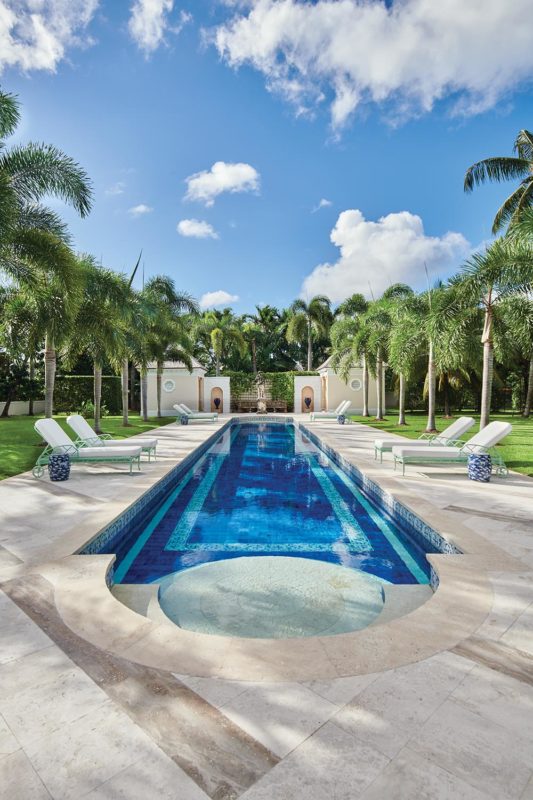
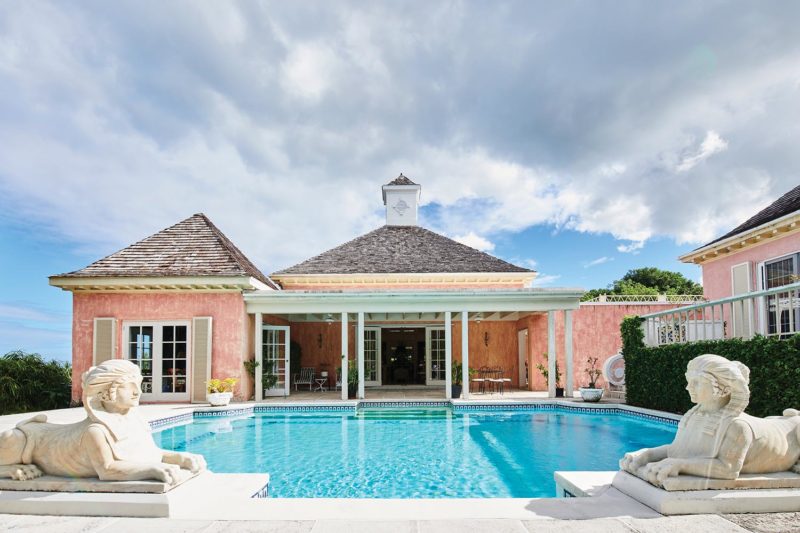
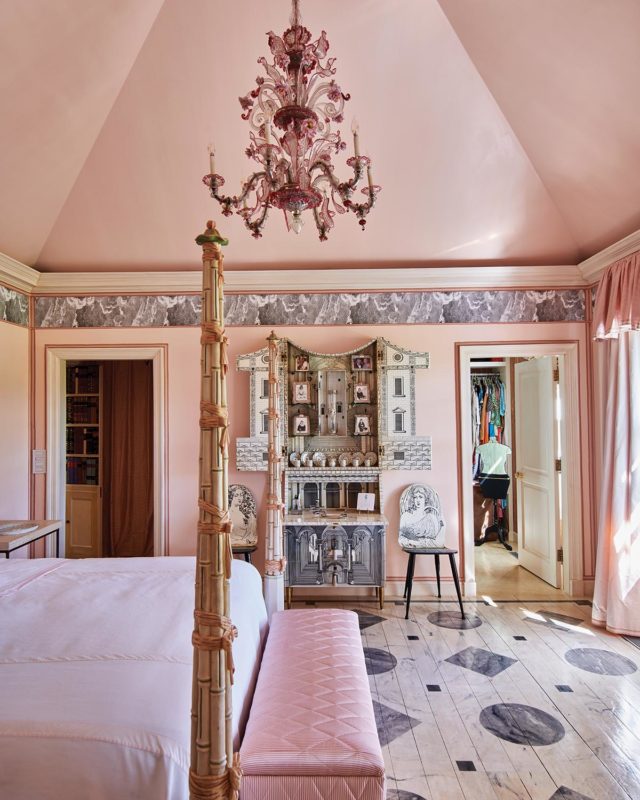
Here is the story of one such residence, “La Feuillie,” owned by the equally fanciful Rosanna Seaborn Todd.
Rosanna Seaborn Todd, a Canadian-born heiress and amateur thespian, was the granddaughter of Sir Edward Seaborn Clouston, co-founder of the Bank of Montreal and one of the country’s richest men. Rosanne grew up in luxury and lived much of her life in a kind of never-never land, dabbling in regional theater and independent movie making. “She was overly dramatic, a bit like Gloria Swanson in Sunset Strip,” recalled Christopher Plummer, Oscar-winning actor and lifelong friend who’d grown up as Todd’s neighbor in Seneville, an affluent suburb of Montreal. Well into her nineties, Rosanna would take daily dips in her Roman-style tidal pool, often wearing a red silk wrap that drifted out from her submerged body like the tentacles of a giant jellyfish.
For afternoon tea, she invited dignitaries like the Prime Minister of the Bahamas, friends like Plummer, and local school teachers who worked with her on an island-wide theater program. Even in August, when it was over 100-degrees fahrenheit, Todd would have a roaring fire in the formal drawing room. Her butler, dressed in gray-and-white livery, would carry in an oversized silver tray with full tea service, cucumber sandwiches, and a mango cake baked by the Bahamian cook.
Her guests sat there sweltering, as far back from the fire as possible, while sipping tea from rose-patterned Royal Worcester tea cups. As a play on her first name—Rosanna—almost everything in La Feuillie had a rose-themed palette. The drawing room featured a high tray ceiling (that resembled a large, upside-down tray) from which hung a pink-tinted, rock-crystal chandelier, while the bathroom faucets were made from rose-tinted quartz.
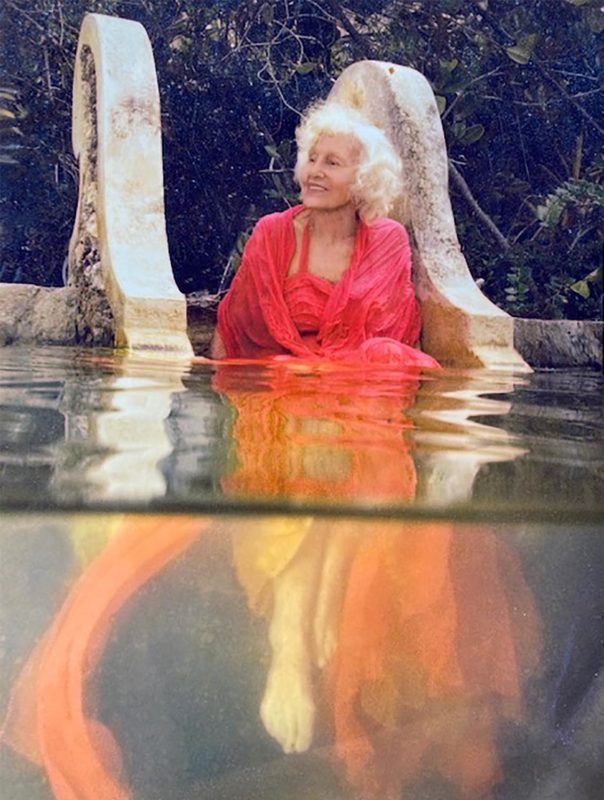
Todd suffered from serious allergies, and on the advice of her doctor moved from Montreal to the Bahamas for relief. In 1960, she hired Henry Melich to design a faux-ruined Roman villa folly for the double-wide waterfront lot she’d purchased on Edgewater Drive in Lyford Cay, the exclusive gated community which lies at the western end of New Providence Island in The Bahamas.
Melich (1924–1999), was a Czech-born architect who brought a very theatrical kind of neoclassicism to his residential projects in the Bahamas and other islands of the Caribbean. While he also designed projects in the United States and England, he’s best remembered for the exotic follies he designed for wealthy, often eccentric clients in sunny island retreats like Lyford Cay, Harbour Island, Windermere Island, and Port Antonio in Jamaica. “Henry knew how to enter people’s fantasies and give them what they wanted,” said one devoted client.
Free-spirited and recently divorced heiresses like Pamela Woolworth, Marie-Josephine Hartford, Hope Simpson, and Rebekah West Harkness were drawn to architect Melich’s good looks, Mitteleuropean charms and flamboyant design sense. They didn’t want cutting-edge modernism. They wanted a romantic sense of escape with softly cushioned luxury and a discrete sense of privacy. They wanted faux-marbled walls, seasoned wood, colonnades, and tent-like interiors that suited the whimsical, let-Rome-burn decadence of the day—residences like Tivoli, the spectacular courtyard house he designed for Spanish doyenne, Maria del Mar Davila, that was based on a villa in ancient Pompeii. He brought their fever dreams to life with Bougainvillea-draped pergolas, gazing pools, ivy-clad alcoves, palm-lined allées and other horticultural features that extended the architecture into the tropical landscape and signaled an Old-World sense of “arrival.”
Besides the wealthy socialites and tax exiles, Melich’s portfolio also included projects for some of the most powerful figures in island politics. For Sir Stafford Sands, the Bahamas’ long-time Minister of Finance and Tourism, he designed a make-believe garden setting of Greek statues and stone lions. For Sir Lynden Oscar Pindling, “Father of the Nation,” and first native-born Black prime minister of the country, Melich created a fortress-like estate overlooking Lake Cunningham.
The “pre-ruined” villa that Melich designed for Todd’s property in Lyford Cay, was, in fact, based on The Bathing Pool (1778), an 18th-century painting by the French artist Hubert Robert which Todd had seen at Rough Point, Doris Duke’s mansion in Newport, RI. (Rosanna had become a life-long friend of the six-foot-tall heiress, a.k.a. the “world’s richest girl,” while attending the Fermata School in Aiken, South Carolina.)
The Robert painting depicts a highly romanticized scene of an ancient forest with a semi-ruined circular temple based on Donato Bramante’s Tempietto at San Pietro. Curving steps lead down to a pool with naked nymphs cavorting at the water’s edge. Entranced by such classical splendor, Todd decided that this was what she wanted for her new home in Lyford Cay. Encouraged by Duke, she showed the painting to Melich and instructed him to design something similar, minus the naked nymphs. But it proved to be quite a challenge: designing a structure that appeared from the outside to be a picturesque ruin, but on the inside had all the practical amenities of a modern dwelling.
Melich was well prepared for the task at hand. He loved a good ruin and had made a life-long study of 18th-century garden follies, such as the Temple of Apollo at Stourhead, England, and the faux-ruined castle at Scotney in Kent. The best-thumbed book in his library was George Mott’s Follies and Pleasure Pavilions of England, Ireland and Scotland.


After a number of false starts, the architect came up with an ingenious solution. The house was set well back from the road, as close to the ocean as possible, and laid out like a Roman temple, with a U-shaped layout, classical symmetry, a walled-in forecourt, an elliptical pool and a smaller, fully enclosed courtyard in the back. Melich created the illusion of greater mass by extending an 80-foot-long wall to the northeast as part of the protected enclosure that surrounds the pool. An ornate iron gateway lead from the terrace down to the ocean beach.
The elliptical pool, terrace, and semicircular portico were almost exact replications of Robert’s 18th-century painting. Stone naiads and nymphs stood guard on either side of the curving steps that led into the pool. The statues held a fish in each hand, with streams of water spouting from their mouths. In place of the poplars and cypress trees in The Bathing Pool, there are native lignum vitae and casuarina trees planted around the periphery of the property.
Visitors to Rosanna’s folly were greeted by the glaring face of Neptune himself, God of the Sea, set into the rubble-stone gateway with a broken pediment above and a brass plaque that reads “La Feuillie,” the Old French word for “folly,” while a stream of water spouted out of the sea god’s mouth. Perimeter walls were made from rough-faced blocks of coral limestone that had been recycled from the Royal Victoria, a venerable old hotel in downtown Nassau that had recently been destroyed by fire. (Some of the rusticated stones are still charred in places.) Walls were topped with truncated obelisks, stone finials, and classical urns, but the main feature of the house was the elliptical pool that filled up with seawater when the tide rose.
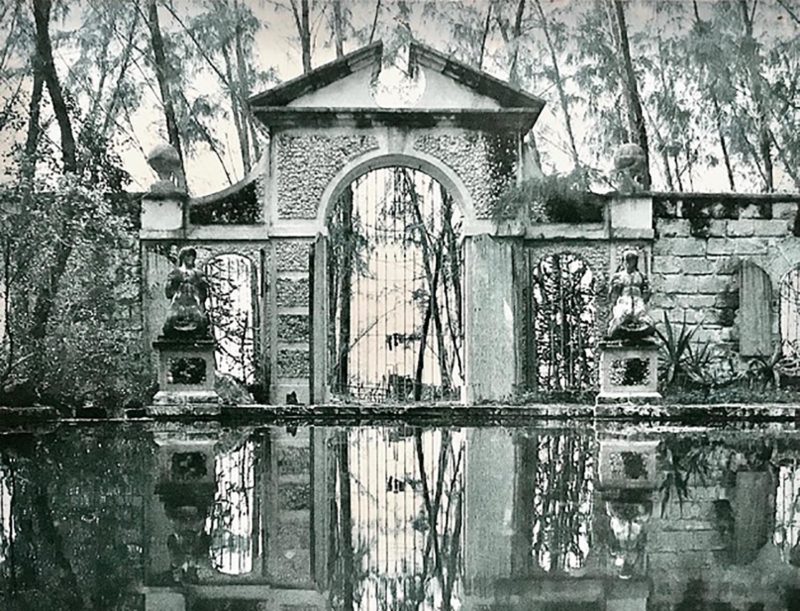
Melich, the architect, managed to create a setting that was fanciful and dreamlike, but also livable and somewhat tragic, with a whiff of decadent splendor, as if the Baths of Caracalla had merged with Great Expectations. Todd, who never married or had children, spent the last 30 years of her life in self-imposed exile at La Feuillie, finally cured of her allergies, but alone. As she told one friend: “I’ve had adventures with many different men, but none that I wanted to marry.”
She died in 2009, at the age of 96. With no immediate heirs, her beloved La Feuillie was abandoned and soon fell into disrepair. House and grounds are now overgrown with riotous lantana vines and other invasive species.
It’s hard, if not impossible, to tell where the fake ruin leaves off and the actual ruin begins. Parts of the house have been vandalized, but there’s an island myth about the place being haunted, so locals tend to keep their distance. While the main part of the house still stands, almost everything else has reverted back to wilderness. Coral vines grow through shattered windows and doors. Interior materials have been ravaged by humidity and tropical downpours. The tidal pool is now filled with fetid brown water and plastic bottles. The drains are clogged with debris. The solarium roof has collapsed into itself. The limestone walls are crumbling, and the wrought-iron gateways have rusted through. Rosanna’s faux Roman folly has finally turned into an authentic ruin—the ruin of a ruin—just as Henry Melich first imagined it, and therein lies a special kind of poetic justice.
Island Follies, Romantic Homes of the Bahamas: The Tropical Architecture of Henry Melich, by Alastair Gordon and Barbara de Vries © Rizzoli New York, 2022

Hero image by Robin Hill
